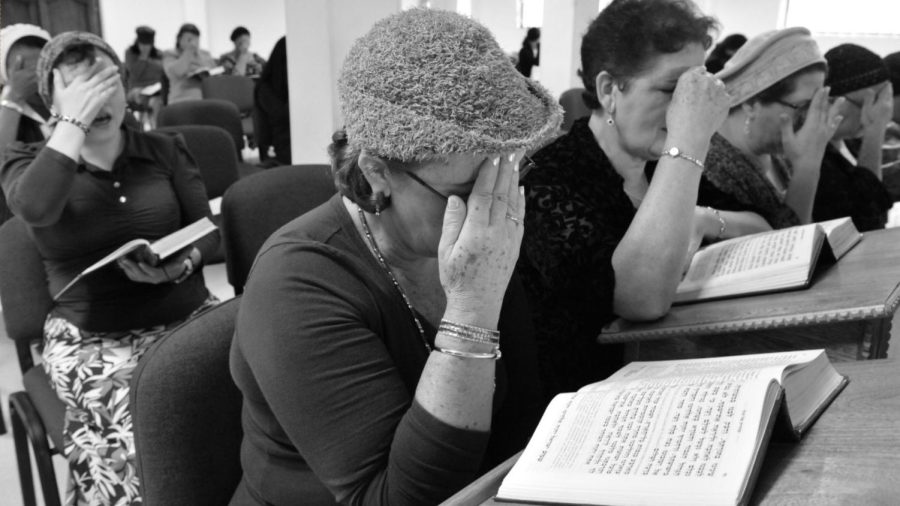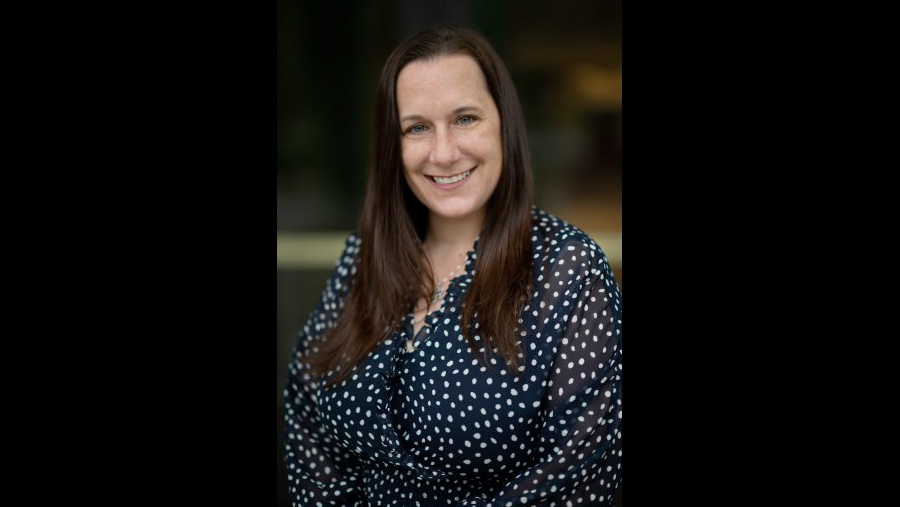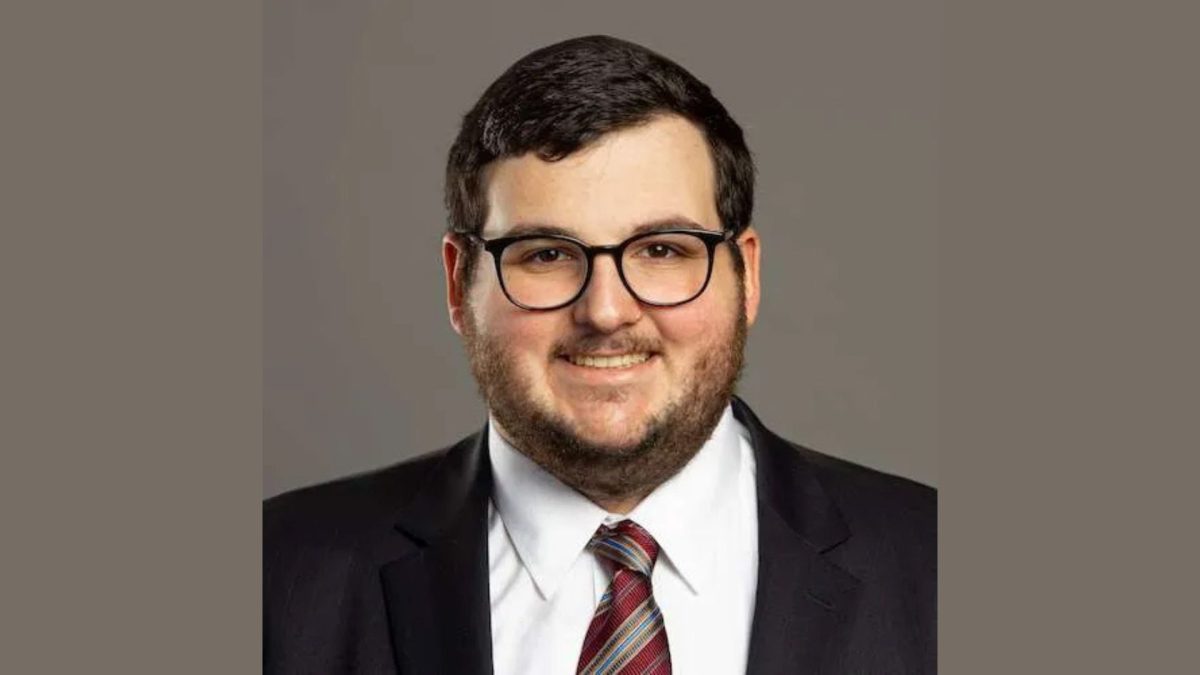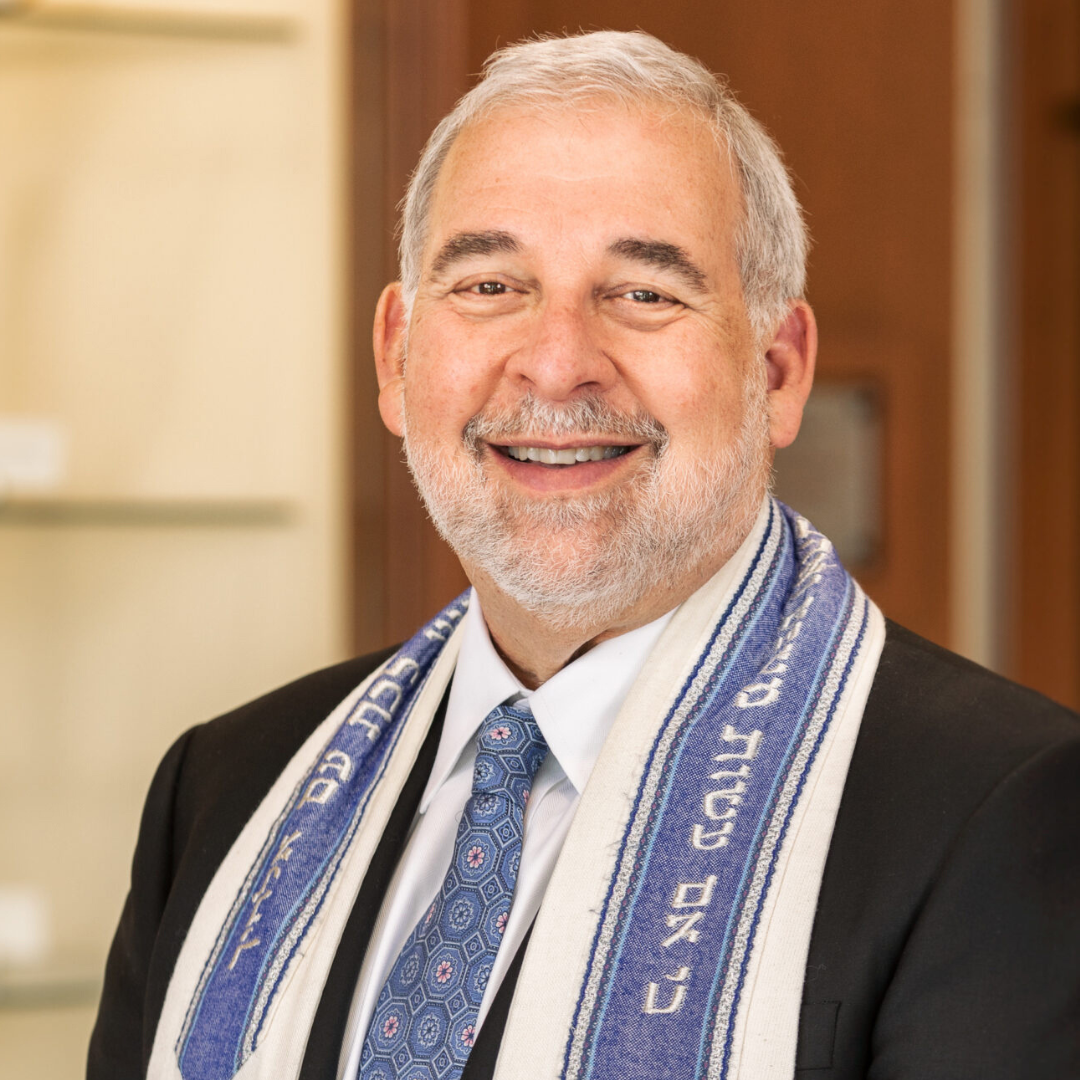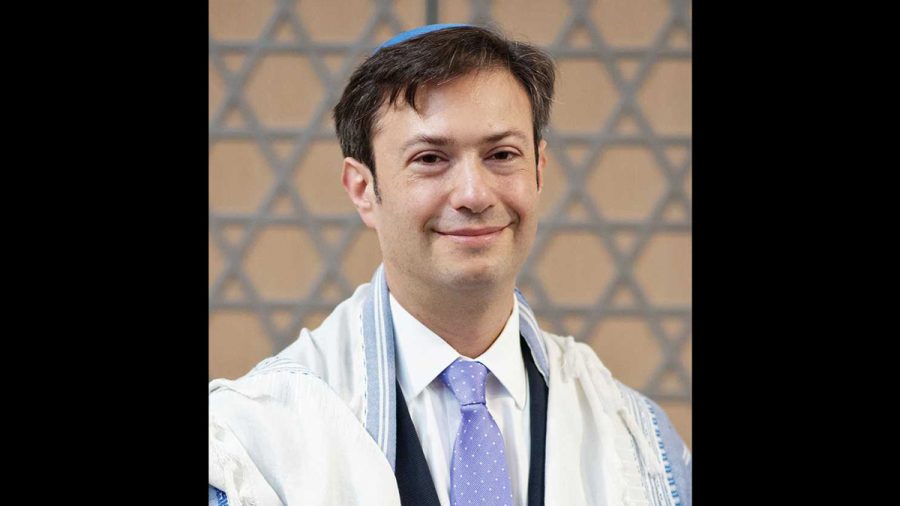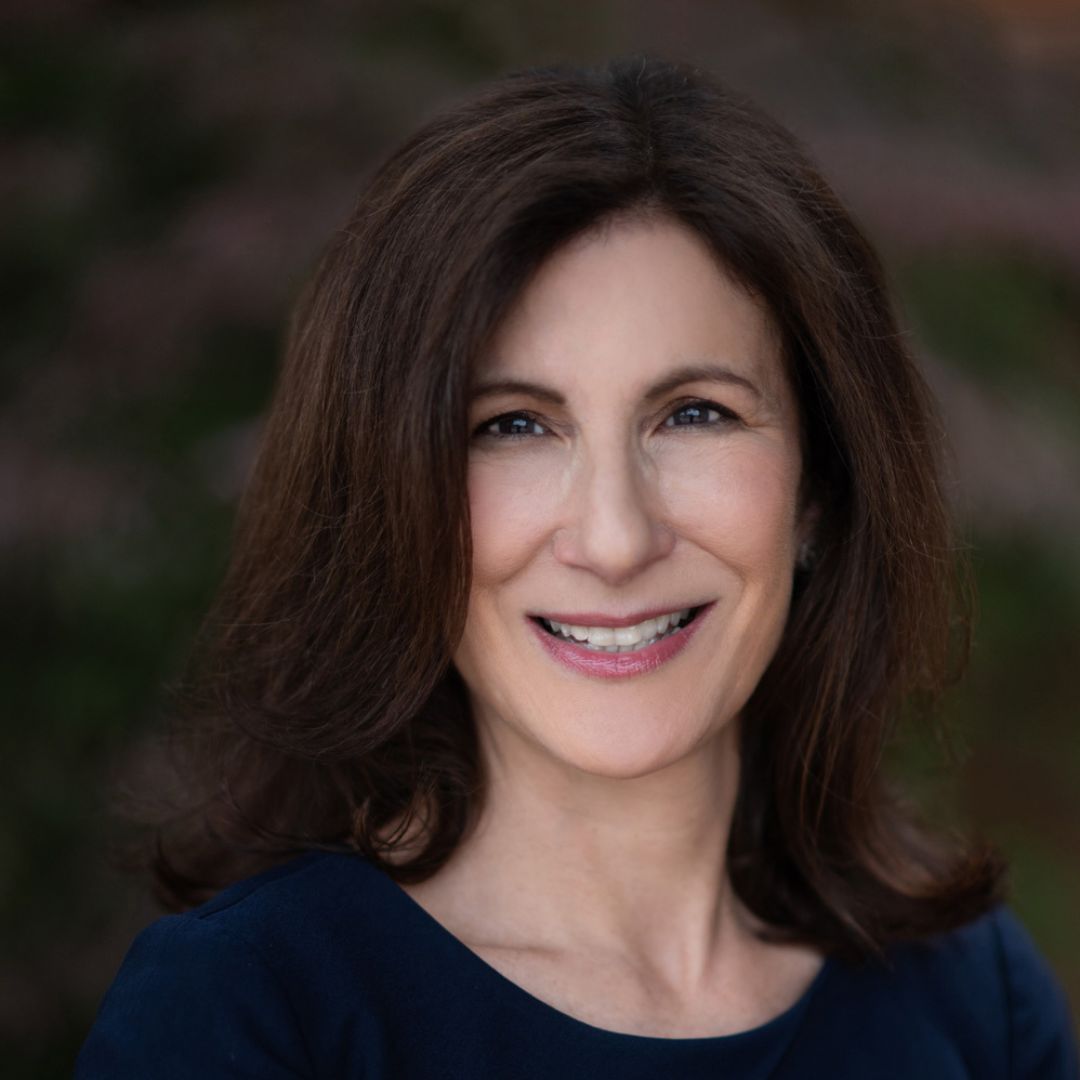My earliest memory of prayer is my mother, of blessed memory, tucking me into bed with a kiss and the words of the Shema. To say that God is One, to know that this declaration of faith embraced me in the circle of love and belief of all Jewish souls who had once lived or who would be born, made me feel safe and welcomed. From an early age, I knew who I was.
In this week’s Torah portion, Va’etchanan, we find the Shema and Va’ahavta, foundations of our faith and services. When we say OUR God, not yours or mine, we infer that God is accessible to all. According to Moses Maimonides, “The Shema affirms the unity of all that exists and will exist. God’s unity is eternal and unique … and God has no body or form.”
As I grew, I focused on the word “Shema,” translated as “hear,” which felt incomplete. What does it mean to hear? According to Rashi, “Sh’ma is entendre” — the French verb that means both “hear” and “understand.”
ADVERTISEMENT
How many times do you not feel like you have not been heard or understood? When we say “Shema Yisrael,” we are declaring that we are focused. When we take the Hebrew letters “ayin” (the last letter of Shema) and “dalet” (the last letter from Echad) it forms the word “witness.” We are witness to the declaration of the oneness of our God. A witness must be present and aware.
When we silence the noise around us, turn off the devices and remove the ear buds, we are present to those around us. Without the many distractions, we may declare “Shema” and mean it.
The Torah has 4,875 verses. And yet, it is this verse that defines much of who we are.
Rabbi Pinchas of Koretz went to spend Shabbat with a certain sage. Rabbi Pinchas asked this sage to speak on a certain topic in which he was known to have some expertise. The sage humbly suggested to Rabbi Pinchas that to truly learn this topic, he should read a specific chapter in a certain book. Rabbi Pinchas replied: It would please me greatly to hear this matter directly from the lips of the tzaddik. One who learns from a book gains knowledge, but one who hears with his own ears from the lips of the teacher has acquired the soul of the teaching. (—Otzar HaHasidut in Iturei Torah 6:33)
ADVERTISEMENT
Our tradition instructs that we should find ourselves a teacher. Of course, we can learn from everyone if only we are available. The Shema reminds us of how we should treat one another. Rather than interacting with a screen, we rejoice in a panim el panim, a face-to-face encounter with another human soul. We do best when we gaze into the eyes of one another. When we look at facial expressions, we understand so much more than just the words. It is active listening that says we are open and ready to comprehend.
Earlier in this portion (Deuteronomy 5:5) we read, “I stood between God and you …” There is a Chasidic teaching that says, “The ‘I’ of [humanity] is the barrier that cuts off [the individual] from [one’s] creator. As long as [one] thinks about [one’s] ‘I’ it is difficult to approach Holiness.”
When we learn to appreciate and listen to the voice of the “I,” we embrace holiness. We can only become closer to God when we remember and act upon the notion that all of us are created in an image of God. We do so when we engage in an interactive and healthy manner.
Rabbi Jacob ben Isaac Ashkanazi of Yanof implied that reciting the Shema is similar to reading a love letter “which was written to you. … You listen to each and every word.”
What are the love letters you are reciting, and who is listening? Are you understanding the letters expressed to you? Shema Yisrael is a foundation of our faith. It is also a foundation of our relationship with one another.



